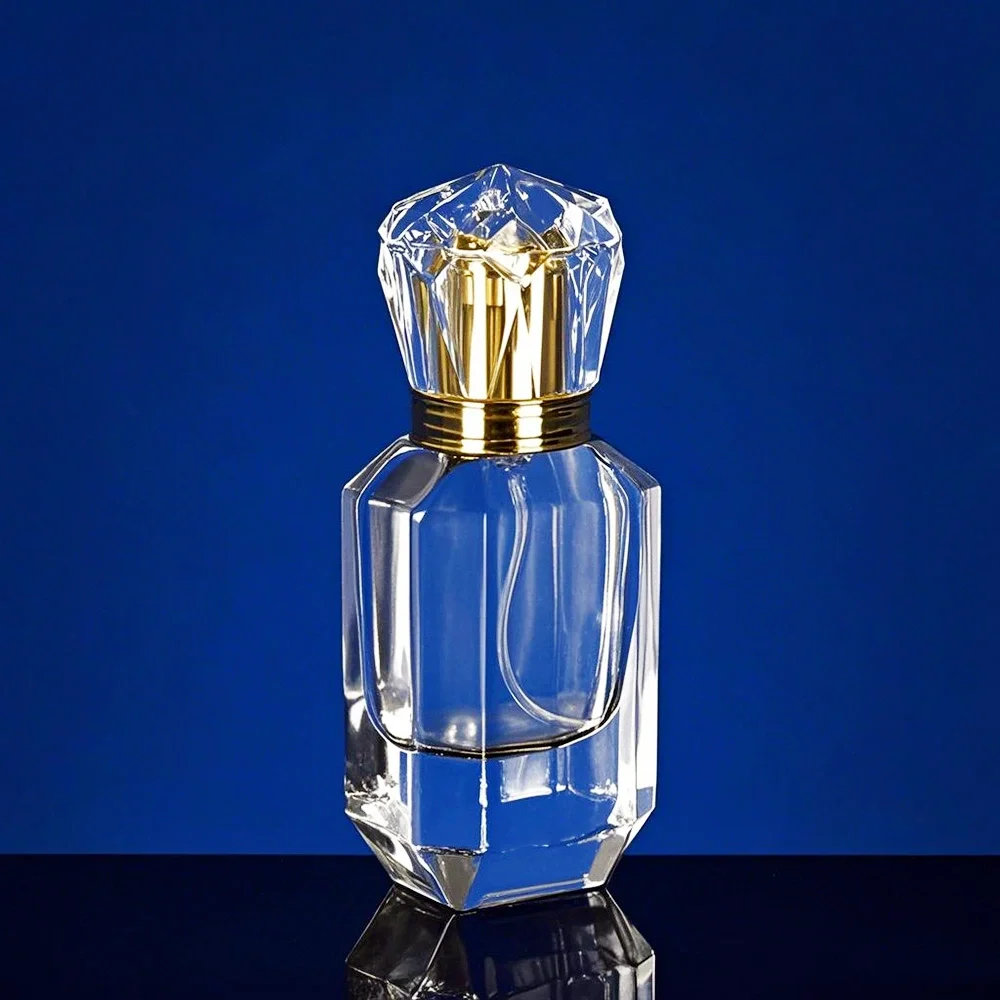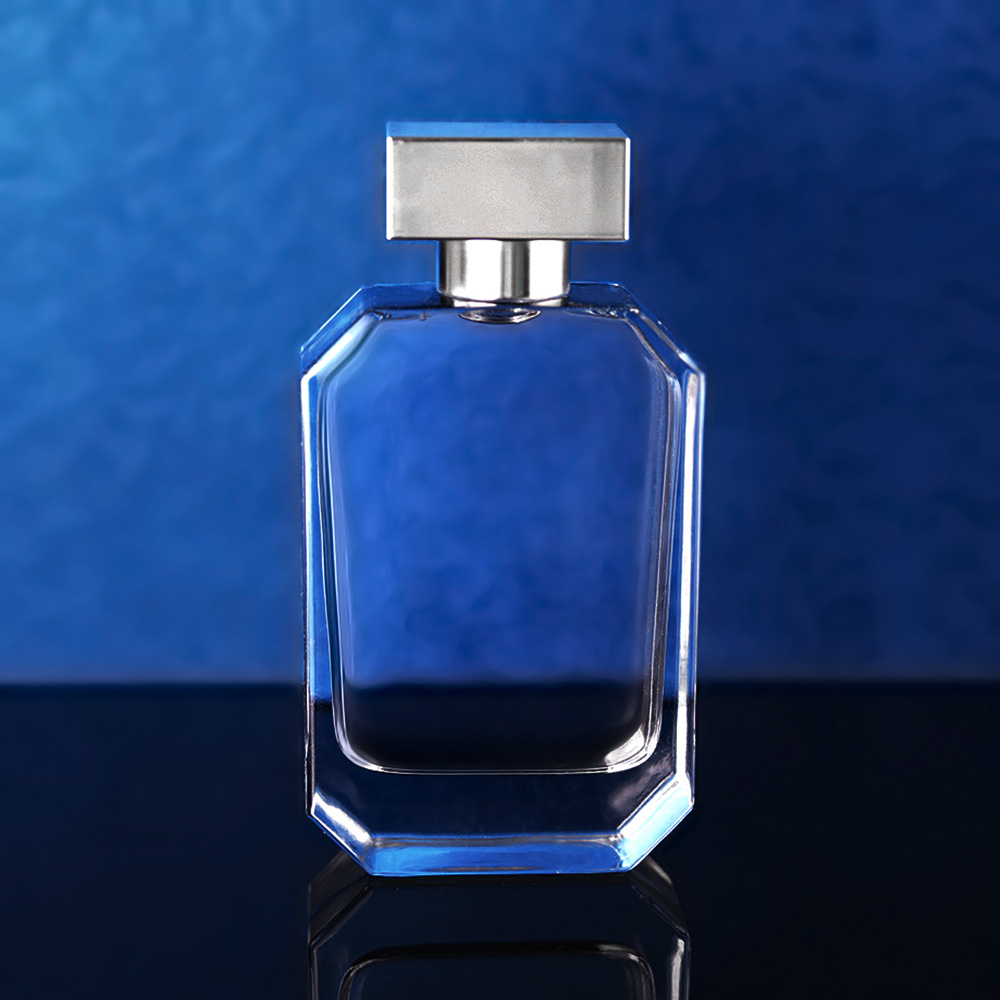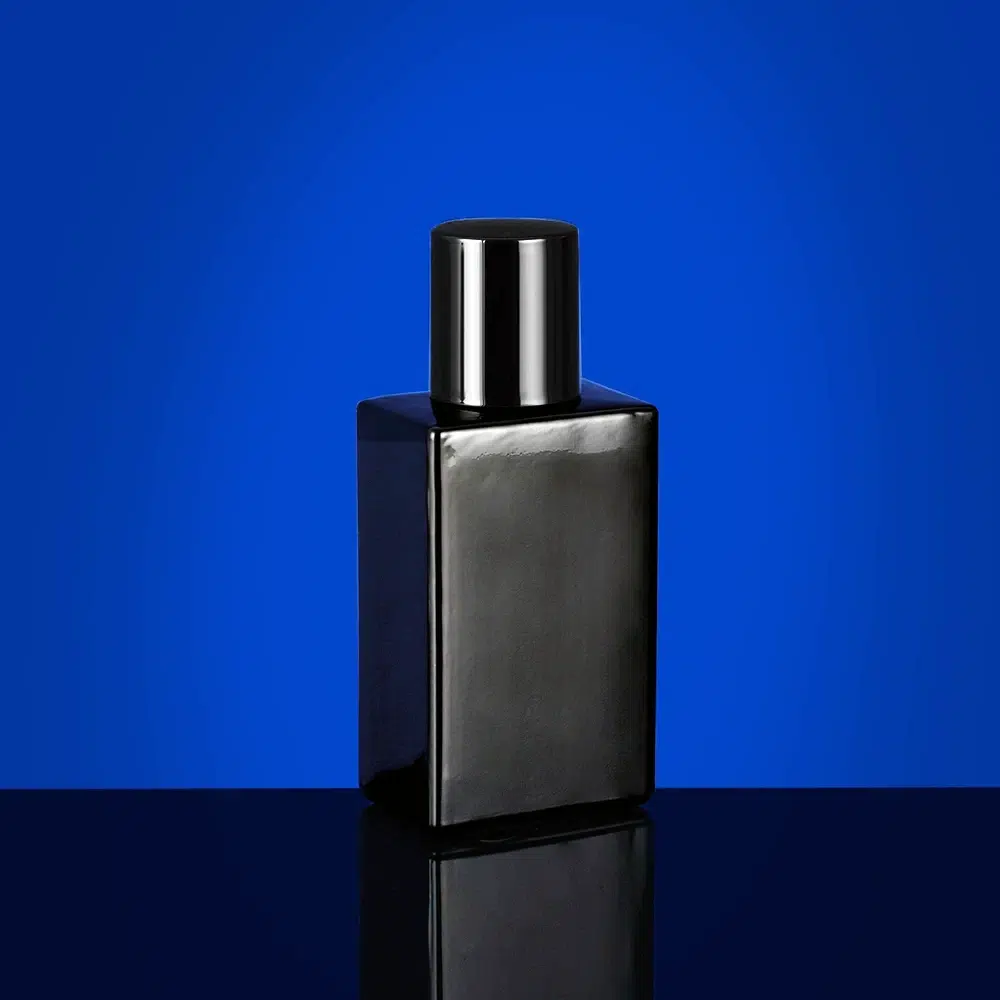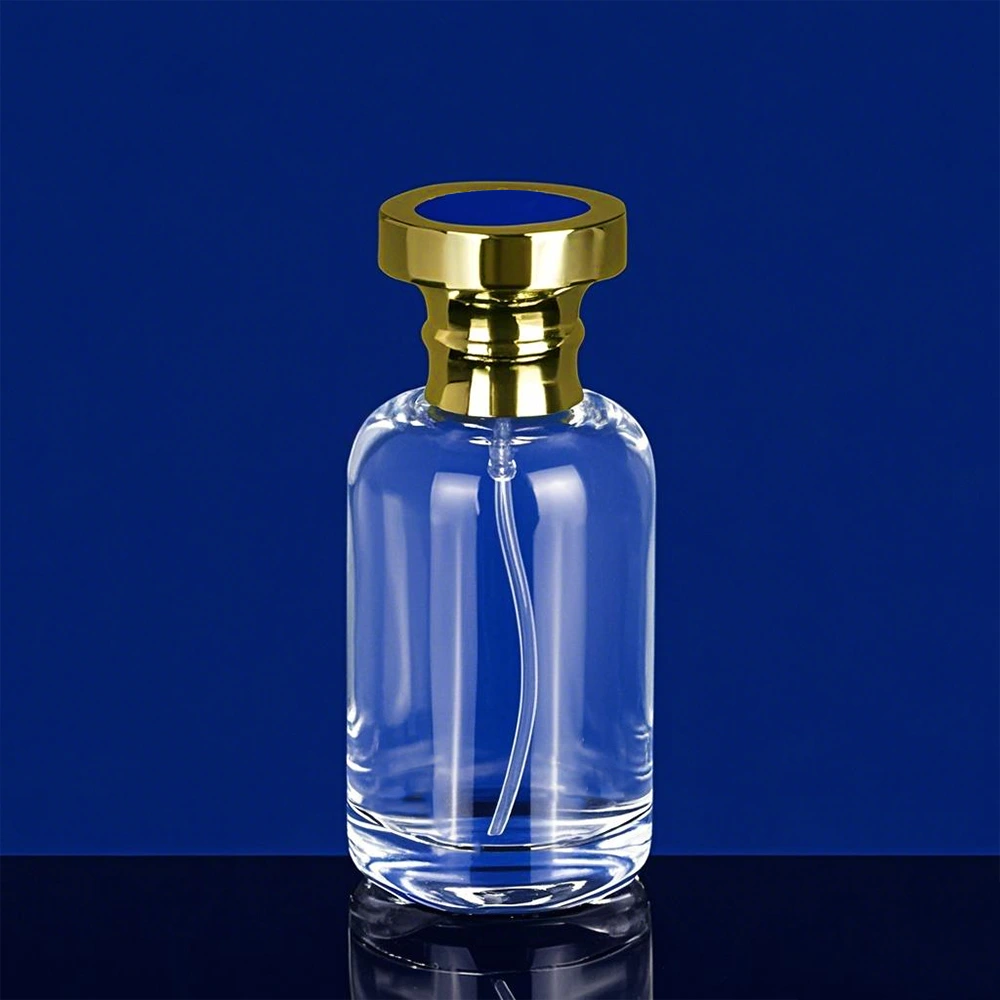
Guide Complet sur l’Utilisation des Mini-Bouteilles de Parfum Sans Pulvérisateur
Table des matières
Introduction
Pour apprendre à utiliser des mini-flacons de parfum sans vaporisateur, il faut maîtriser des techniques spécifiques afin d'éviter les dommages, le gaspillage et la contamination.flacons de parfum miniaturesLes flacons, souvent prisés comme objets de collection, indispensables en voyage ou échantillons, diffèrent des vaporisateurs de taille standard. Ce guide explique comment identifier les différents types de flacons, les ouvrir en toute sécurité, extraire le parfum, l'utiliser personnellement et le transvaser ou le conserver, et propose des conseils pratiques et des recommandations d'outils.
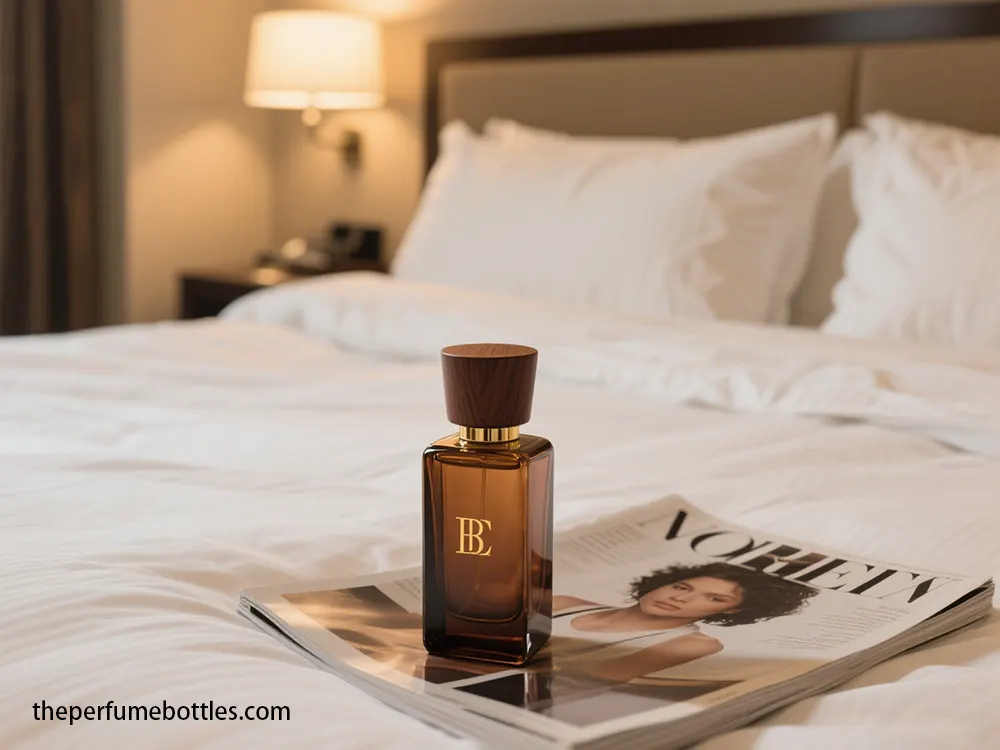
Obtenez des échantillons gratuits
1. Identification et ouverture des mini-flacons sans aérosol
Pour ouvrir un parfum en format mini, il faut d'abord identifier correctement le type de fermeture : bouchon à vis, capsule à vis ou ouverture à sertir sans vaporisateur. Chaque type de fermeture nécessite une méthode spécifique pour une ouverture sûre et efficace.
1.1. Bouteilles à bouchon
Bouteilles à bouchon, régulièrement vus dans les parfums vintage ou à attention excessive comme Extrait de Parfum, utilisent un bouchon (verre, liège, plastique) installé confortablement dans le goulot de la bouteille.
- Identification: Cherchez une pièce pleine insérée directement dans la bouteille, sans filetage.
- Technique d'ouverture :Tirez doucement : maintenez fermement le bouchon et tirez directement vers le haut. Évitez tout d’abord de le tordre.
- Comment résoudre les problèmes de bouchons bloqués : En cas de blocage, chauffez légèrement le goulot (chiffon chaud, eau, sèche-cheveux sur acier) pour dilater le verre/métal et rompre le joint. De légers mouvements de va-et-vient ou de petits tapotements peuvent également aider. Pour les bouchons très serrés, une pince à mâchoires offre un meilleur effet de levier, mais soyez prudent pour éviter de l'endommager.
- Bouchons cassés : Si un bouchon se casse, une pince à rembourrage permet d'en extraire délicatement les dernières portions.
- Mesures de sécurité : Travaillez sur une surface plane et solide. Portez des gants de protection. Évitez toute pression excessive. Soutenez la bouteille.
1.2. Bouteilles à bouchon à vis
Les mini-bouteilles à bouchon à vis s'ouvrent en tournant le bouchon dans le sens inverse des aiguilles d'une montre, généralement le type le plus facile.
- Identification: Recherchez les filetages sur le goulot de la bouteille et à l'intérieur du bouchon.
- Technique d'ouverture : Dévissage standard : Tournez le bouchon dans le sens antihoraire.
- Bouchons étanches : Pour les bouchons trop serrés, utilisez une poignée en caoutchouc ou un tissu chauffant.
- Bouchons supplémentaires : Certaines bouteilles à bouchon à vis sont munies d'un bouchon interne ; traitez-les comme des bouteilles à bouchon classique après avoir retiré le bouchon à vis.
- Mesures de sécurité : Travaillez sur un sol plat et stable et aidez-vous avec la bouteille.
1.3. Bouteilles à éclaboussures/serties (sans pulvérisation)
Les bouteilles à bouchon évasé/serti sont dotées d'un collier serti en acier ou en plastique fixant un bouchon réducteur en plastique, sans mécanisme à brindille.
- Identification: Recherchez un anneau serti au niveau du col fixant un insert en plastique avec un petit point de départ.
- Technique d'ouverture (retrait de la cosse/du bouchon) : L'accès nécessite de retirer avec précaution la bague et le bouchon sertis à l'aide d'outils tels que des pinces, des ciseaux ou des tournevis plats. La chaleur peut faciliter le desserrage des scellés en plastique. Des ciseaux ou un tournevis plat permettent de manipuler les sertissages en plastique. Une pince à bec fin est souvent utilisée pour les sertissages métalliques ; tournez délicatement et tirez vers le haut. Après avoir retiré le sertissage, faites légèrement bouger le bouchon en plastique sur le côté tout en tirant vers le haut, en utilisant une pince à épiler si nécessaire.
- Mesures de sécuritéCette méthode présente un risque accru de casse du goulot. Portez des gants de protection. Travaillez lentement et avec précaution, en évitant toute pression brusque ou excessive. Maintenez fermement la bouteille.
2. Techniques manuelles d'extraction de parfum
Après ouverture, l'extraction du parfum sans vaporisateur nécessite des méthodes contrôlées pour éviter les déversements et le gaspillage, notamment au niveau des goulots étroits.
2.1. Techniques utilisant uniquement la bouteille
Pour les flacons à effet plongeur, l'application directe est possible, mais l'extraction contrôlée dans un autre récipient nécessite une manipulation spécifique.
- Versement contrôlé : Pour les ouvertures plus larges, il est possible de verser prudemment le liquide directement dans un récipient de réception, de préférence à l'aide d'un petit entonnoir.
- Inclinaison et secousse : Pour extraire les dernières gouttes, inclinez le flacon à l'envers et secouez-le légèrement.
- Faire tourbillonner avec du solvant : Pour récupérer le parfum résiduel, versez de l'eau chaude ou de l'alcool (l'alcool à friction est préférable pour les huiles essentielles) dans le flacon. Versez le mélange ; l'alcool s'évapore, laissant une huile concentrée.
2.2. Techniques utilisant des outils simples
Les outils offrent une plus grande précision et un meilleur contrôle pour l'extraction du parfum, notamment à partir d'ouvertures étroites.
- Pipettes : Les pipettes à pointe fine sont excellentes pour un dosage précis, idéales pour les petits récipients. Le plastique PP convient.
- Seringues : Les seringues permettent un dosage précis. Les aiguilles fines ou longues à bout arrondi permettent d'injecter facilement le parfum, même avec des flacons à bouchon non amovible. Des adaptateurs peuvent améliorer la précision. Évitez d'insérer les aiguilles dans les tubes des vaporisateurs ; élargissez l'ouverture si nécessaire. Les seringues sans air préservent la fraîcheur du parfum.
- Tubes capillaires : Moins courants pour un usage personnel, les tubes capillaires permettent de recueillir des quantités infimes en laboratoire.
- Distributeurs de tubes : De courts tubes se fixent aux ouvertures/tiges pour un transfert direct et contrôlé dans un flacon, minimisant ainsi le gaspillage. Il peut être nécessaire de les remplacer pour chaque parfum.
- Petits entonnoirs : Les petits entonnoirs sont indispensables pour diriger le flux et minimiser les pertes. Le verre ou le métal sont préférables au plastique (qui peut absorber les composés aromatiques). Nettoyez immédiatement les entonnoirs en plastique ou utilisez-en un par parfum. Les entonnoirs en papier faits maison conviennent également.
- Siphon à paille : Une paille propre peut servir de simple siphon si l'on ne dispose pas de pipette.
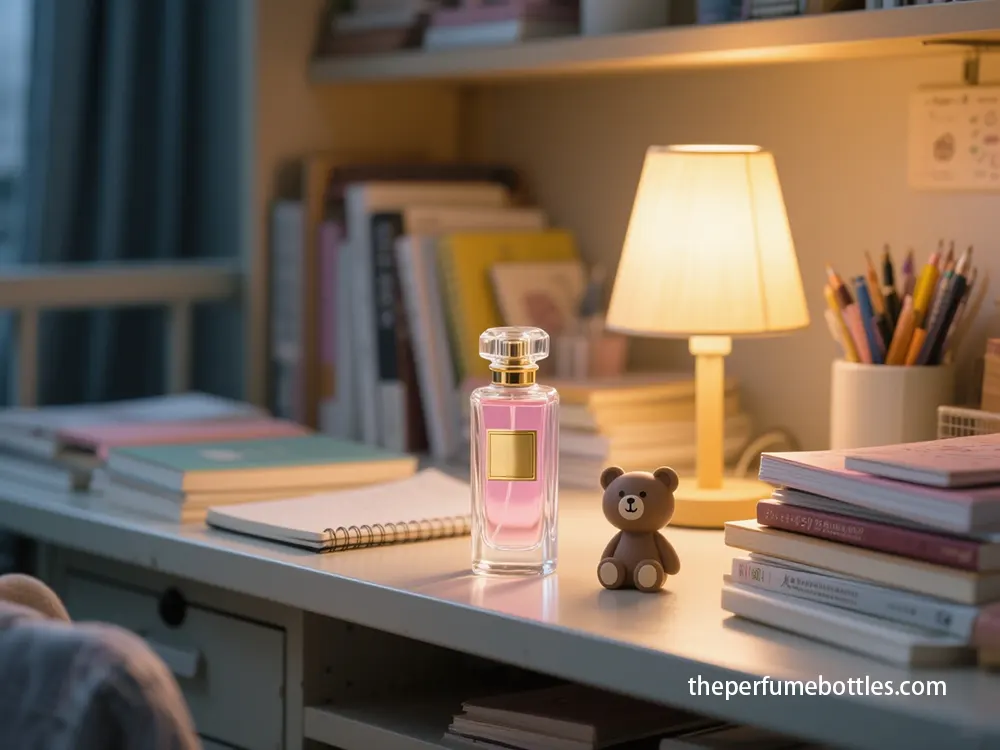
Obtenez des échantillons gratuits
3. Application du parfum à usage personnel
L'application de parfum à partir d'un mini-flacon sans vaporisateur, notamment d'un applicateur à bille, nécessite des techniques spécifiques pour contrôler la quantité et la diffusion du parfum.
3.1. Techniques d'application au tampon
Les flacons à tampon, contenant souvent des huiles de parfum concentrées ou de l'extrait de parfum, permettent une application plus intime.
- Application directe contrôlée : Pressez le flacon en le plaquant contre la peau (par exemple, le poignet), retournez le poignet en maintenant le contact, puis soulevez légèrement le flacon pour rompre l'opercule et libérer une petite quantité de liquide.
- Glisser/Dabber : Inclinez le flacon pour humidifier l'orifice et appliquez ou tamponnez la zone humidifiée sur la peau.
- Utilisation d'un outil : Utilisez un gobelet à cocktail en plastique ou un cure-dent pour prélever le parfum par l'orifice, en évitant toute contamination du flacon.
- Utilisation d'une boule de coton : Déposez le liquide sur un coton et tamponnez la peau si l'application directe est difficile.
3.2. Points d'application et diffusion du parfum
L'application du parfum sur des points de pulsation spécifiques maximise la diffusion du parfum grâce à la chaleur corporelle.
- Points de pulsation : Ces zones (intérieur des poignets, derrière les oreilles, mâchoire, clavicules, intérieur des coudes, haut des bras, derrière les genoux, devant des épaules, naissance des cheveux, décolleté) dégagent de la chaleur, diffusant ainsi le parfum. L'intérieur des coudes et l'arrière des genoux permettent une diffusion plus longue.
- Hydratation de la peau : Hydrater sa peau avant d'appliquer des huiles parfumées permet au parfum de mieux adhérer et de durer plus longtemps en prévenant l'évaporation. Une lotion sans parfum ou une huile complémentaire prolonge également la tenue du parfum. Appliquer une petite quantité de vaseline sur les points de pulsation ralentit aussi l'évaporation.
- Facteurs environnementaux : Tenez compte de l'environnement ; des points discrets comme l'arrière des genoux sont efficaces en été, le cou et les poignets en hiver.
- Application pour hommes : Les hommes peuvent l'appliquer dans le creux des coudes et sur la poitrine. Une légère application sur la barbe est également efficace.
3.3. Contrôle de la quantité et de la durée
Il est crucial de contrôler la quantité appliquée, surtout avec les huiles concentrées.
- Commencez petit : Les huiles parfumées sont concentrées ; commencez par une petite quantité et ajoutez-en si nécessaire.
- Chauffer l'huile : Frottez vos doigts l'un contre l'autre pour réchauffer légèrement l'huile avant de l'appliquer.
- Évitez de frotter : Ne pas frotter la peau après application ; cela pourrait écraser les molécules et estomper le parfum plus rapidement.
- Nouvelle demande : Réappliquez au besoin ; les huiles ont tendance à durer plus longtemps que les parfums à base d'alcool.
- Application après la douche : L'application après la douche, lorsque les pores sont ouverts, peut prolonger sa durée d'action.
3.4. Autres considérations relatives à l'application
- Application aux vêtements : Appliquez par petites touches sur les poignets, puis étalez légèrement sur le tissu. Les coutures intérieures préviennent les taches et assurent la résistance du tissu. Attention : le parfum peut tacher certains tissus.
- Application capillaire : Appliquez légèrement de l'huile sur les cheveux ou la barbe pour un parfum subtil et de la brillance. Évitez les parfums à base d'alcool qui asséchent les cheveux.
- Développement olfactifLes huiles parfumées s'enrichissent au fil des années, révélant des notes. La chimie de la peau influence considérablement l'évolution du parfum.
- Superposition de parfums : Appliquez d'abord le parfum capiteux et capiteux, puis le parfum plus léger.
- Tamponneuse vs. vaporisateur : Dabbers (luxueux, intime, précis) vs. Sprayers (réaliste, distribution uniforme, préserve l'intégrité du produit). On utilise généralement des dabbers pour les concentrations élevées, des sprays pour les concentrations plus faibles.
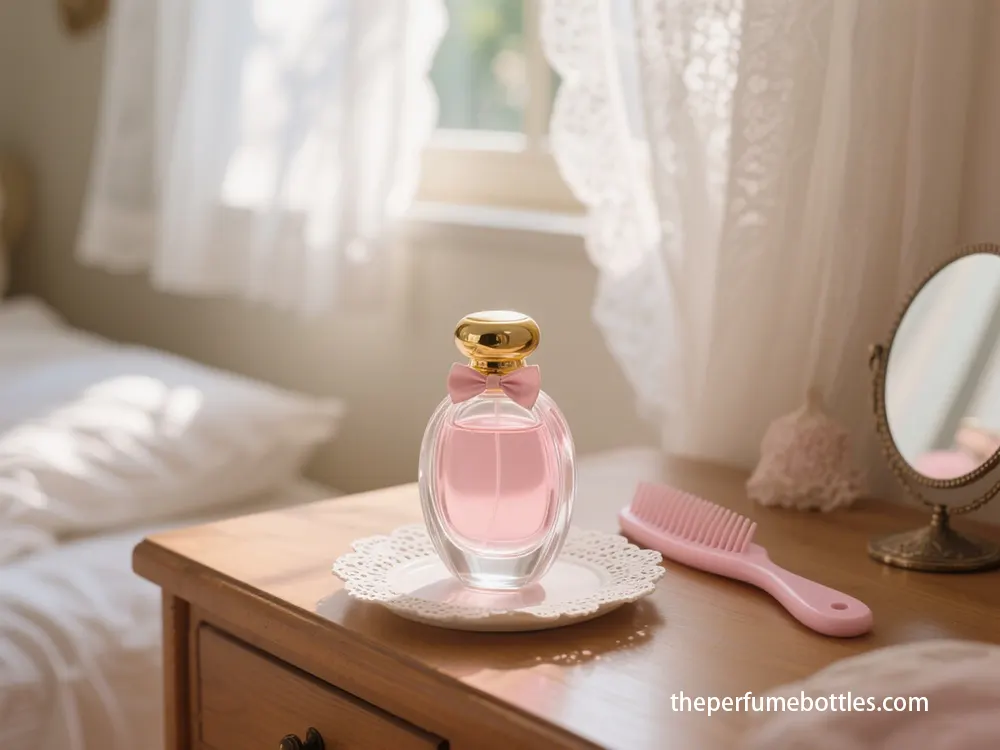
Obtenez des échantillons gratuits
4. Transvasement du parfum pour décantation ou conservation
Le transvasement de parfum dans un autre récipient (roll-ball, vaporisateur) est une pratique courante pour les formats voyage, les échantillons ou la conservation. Cette opération exige précision et outils afin de minimiser le gaspillage et de préserver la qualité.
4.1. Outils et équipements essentiels
Un équipement bien adapté est essentiel pour réussir la transition.
- Navires récepteurs : Utilisez des contenants propres et hermétiques (atomiseurs à motifs, roll-on, flacons). Le verre foncé est préférable au plastique pour une conservation à long terme (inerte et résistant à la lumière).
- Entonnoirs : Les petits entonnoirs sont indispensables pour maîtriser le flux et minimiser les pertes. Le verre ou le métal sont préférables au plastique (absorption des arômes, risque de contamination). Nettoyez les entonnoirs en plastique immédiatement ou utilisez-les pour chaque parfum. Les entonnoirs en aluminium conviennent également.
- Seringues : Les seringues permettent un dosage précis et un transfert contrôlé. Prélevez le produit du flacon et injectez-le dans un nouveau récipient. Évitez les tubes atomiseurs ; élargissez l’orifice si nécessaire.
- Distributeurs de tubes : Fixez les tubes aux ouvertures/tiges pour acheminer le parfum directement dans le flacon, minimisant ainsi les risques de brumisation et de déversement. À remplacer pour chaque parfum.
- Pipettes : Les pipettes en plastique permettent de transférer de petites quantités, idéales pour les échantillons/billes de test.
Outils spécialisés : Les pompes de remplissage avec adaptateurs ou les outils permettant de retirer les embouts à bille peuvent faciliter le transfert. - Stabilisation: Utilisez de l'argile ou du polystyrène pour stabiliser les bouteilles pendant le transvasement.
4.2. Méthodes de décantation
Plusieurs méthodes permettent de transférer le parfum, selon le type de flacon et de récipient.
- Méthode de l'entonnoir : Placez un entonnoir dans l'ouverture du flacon à décanter et versez ou vaporisez soigneusement le parfum à travers celui-ci.
- Méthode d'extraction à la seringue : Utilisez une seringue pour prélever le parfum du flacon d'origine et l'injecter dans le nouveau récipient. Pratique pour un dosage précis.
- Versement de bouteille par éclaboussures : Pour les flacons à large ouverture, versez soigneusement le contenu directement dans le nouveau récipient à l'aide d'un entonnoir.
- Transfert de flacon à flacon (pour les flacons qui étaient initialement munis de vaporisateurs) : Si le flacon d'origine était un vaporisateur démonté, retirez les bouchons/embouts des deux flacons. Appuyez fermement l'ouverture du flacon d'origine contre le flacon de voyage et vaporisez directement.
- Transvasement en flacon roll-on : Retirez l'embout à bille (souvent en exerçant une légère pression avec le couvercle). Utilisez une pipette ou un entonnoir pour transférer le produit.
- Méthode de distribution par tube : Fixez un distributeur tubulaire à l'ouverture du flacon d'origine ou à la tige de l'atomiseur et insérez l'autre extrémité dans le flacon récepteur.
- Méthode de pulvérisation classique (le cas échéant) : Si le flacon d'origine est un spray déconstruit, vaporisez directement dans le nouveau récipient. Tenez le flacon près de vous pour minimiser le gaspillage. La forme et la force de la pulvérisation varient.
4.3. Meilleures pratiques pour un transfert et une conservation propres
Le maintien de la propreté et la minimisation de la dégradation sont primordiaux à un certain stade du décantage.
- Stérilisation: Utilisez des flacons et des outils lisses et stérilisés pour éviter toute infection ou dégradation.
- Espace de travail propre : Travaillez dans un endroit propre, bien éclairé et bien ventilé.
Minimisez l'exposition à l'air : réduisez l'exposition à l'air pendant la commutation afin d'éviter l'oxydation. - Étanchéité correcte : Assurez-vous que le bouchon de la bouteille transvasée est bien fermé.
Conservation : Conserver les flacons dans un endroit frais, sombre et sec, à l’abri de la lumière du soleil et des variations de température. Le verre foncé offre une protection contre les UV. - Étiquetage : Étiquetez soigneusement chaque flacon transvasé avec le nom du parfum et la date.
- Durée de conservation : Les décants ont une durée de conservation plus courte que les bouteilles neuves. Il est généralement recommandé de les consommer dans les 12 mois, bien que certaines sources indiquent une durée de conservation de trois à cinq ans s'ils sont bien conservés.
- Outils de nettoyage : Nettoyez sans délai le matériel réutilisable pour éviter toute contamination. L'eau chaude nettoie le verre. Les bouchons et pulvérisateurs en plastique sont difficiles à nettoyer.
- Compatibilité des matériaux : Privilégiez les flacons en verre à ceux en plastique. Utilisez des billes d'acier non réactives pour les applicateurs à bille. Certaines huiles végétales (comme l'huile de jojoba) peuvent obstruer les pulvérisateurs lors de la conversion d'huiles.
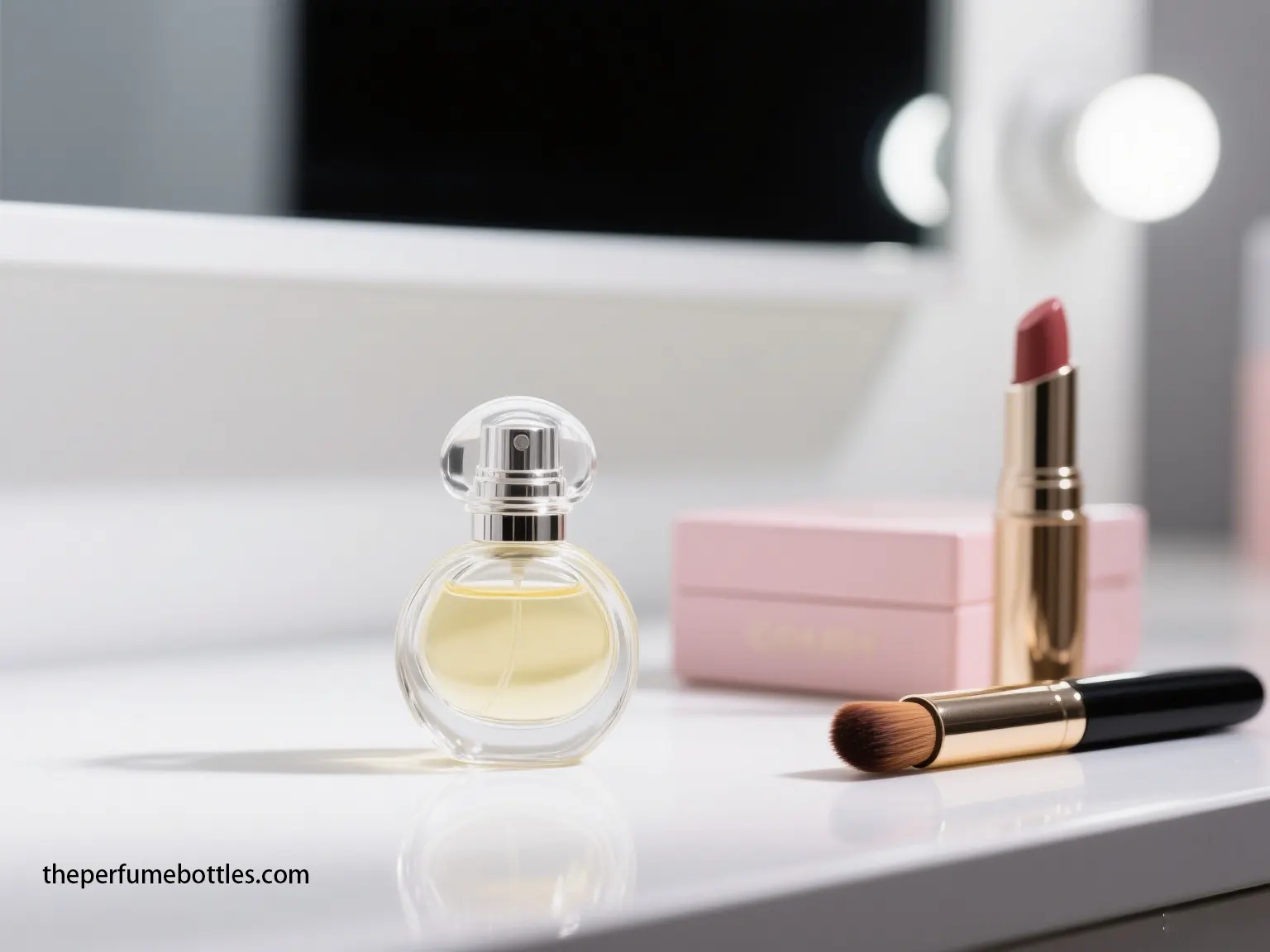
Obtenez des échantillons gratuits
4.4. Mesure du volume et considérations connexes
Une mesure précise est importante pour le décantage.
- Précision de la seringue : Les seringues permettent la mesure la plus précise.
- Pré-mesure : Si vous devez partager une grande bouteille, mesurez au préalable le volume du récipient de réception.
- Estimation: Estimez le volume restant en divisant la bouteille en segments si vous ne disposez pas d'outils précis.
- Concentration du parfum : Les formules calculent la concentration souhaitée (parfum, eau de parfum, etc.) pour la création/dilution, ce qui est moins pertinent pour le transfert d'un parfum existant.
- Objectif du décantage : Le décantage permet la dégustation, crée des formats de voyage, facilite le partage, préserve la bouteille d'origine, permet un échantillonnage économique et favorise l'engagement communautaire.
- Temps de stabilisation : Certains parfums peuvent bénéficier d'un temps de repos de 1 à 2 jours après le transvasement.
- Spray ou roll-on : Le spray offre une meilleure couvrance, tandis que le roll-on minimise le gaspillage. Les deux sont classés en catégorie 4 selon l'IFRA.
Pour des récipients et des outils de haute qualité, Vesseluxe propose des options conçues pour préserver l'intégrité du parfum et faciliter un transfert précis.
En conclusion, la manipulation des mini-flacons de parfum sans vaporisateur exige une identification rigoureuse, une ouverture appropriée et une application précise. L’utilisation des outils adéquats et le respect des bonnes pratiques garantissent une utilisation sûre et efficace, tout en minimisant le gaspillage et en préservant la qualité.
Conclusion
Comprendre comment ouvrir, appliquer et transférer correctement un parfum contenu dans un mini-flacon sans vaporisateur garantit non seulement la préservation de sa précieuse fragrance, mais aussi une expérience plus sûre, plus saine et plus agréable. Du retrait délicat du bouchon à l'extraction précise à l'aide d'une pipette, en passant par le transvasement efficace, chaque étape contribue à préserver l'intégrité du parfum et à minimiser le gaspillage. Chez Vesseluxe, nous proposons des flacons et des accessoires élégants et ingénieusement conçus qui rendent l'utilisation des parfums miniatures simple et raffinée, pour que votre aventure olfactive reste subtile de la première à la dernière goutte.
Commentaires
Catégories de produits
Bouteilles en promotion
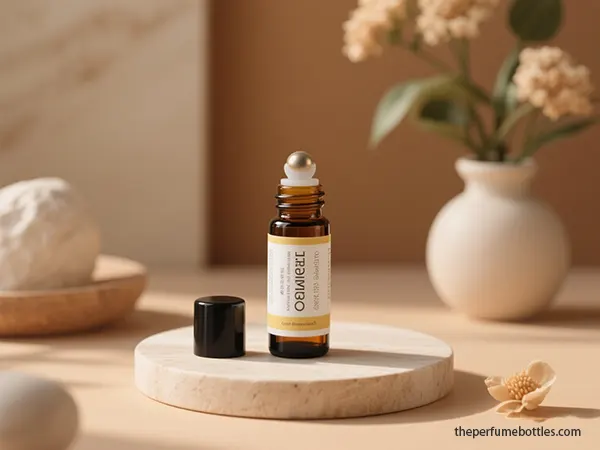
Étude de cas : Flacons roll-on personnalisés pour une marque allemande d’huiles essentielles
Étude de cas de flacons à bille personnalisés avec une marque allemande d'huiles essentielles, prenant en charge la vente en gros, les marques privées et les commandes groupées B2B.
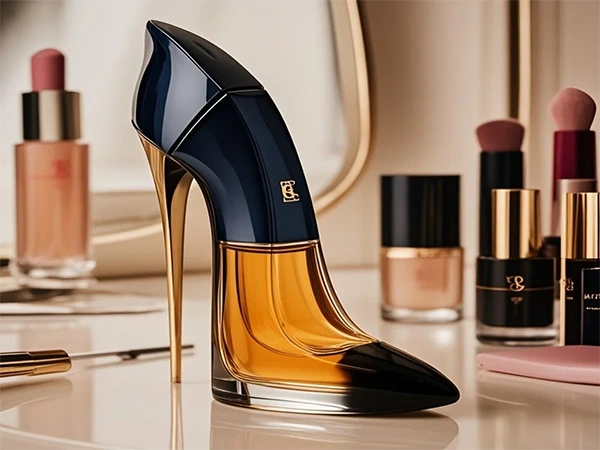
L'affirmation Stiletto : un design de flacon de parfum à talons hauts
Combien de temps un parfum se conserve-t-il dans un flacon ? Comprendre les facteurs qui influencent la durée de vie d’un parfum est essentiel pour les fabricants et les consommateurs.
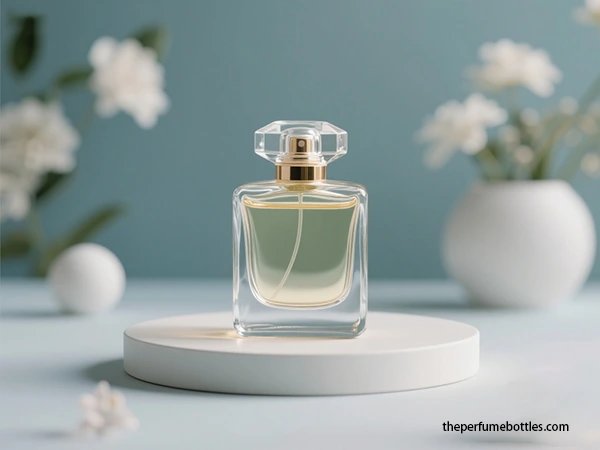
Étude de cas : Fourniture de flacons de parfum pour une entreprise française de parfumerie
Découvrez notre gamme de flacons de parfum, disponibles en gros et en version OEM. Livraison rapide, prix compétitifs et solutions sur mesure pour les marques de parfums.
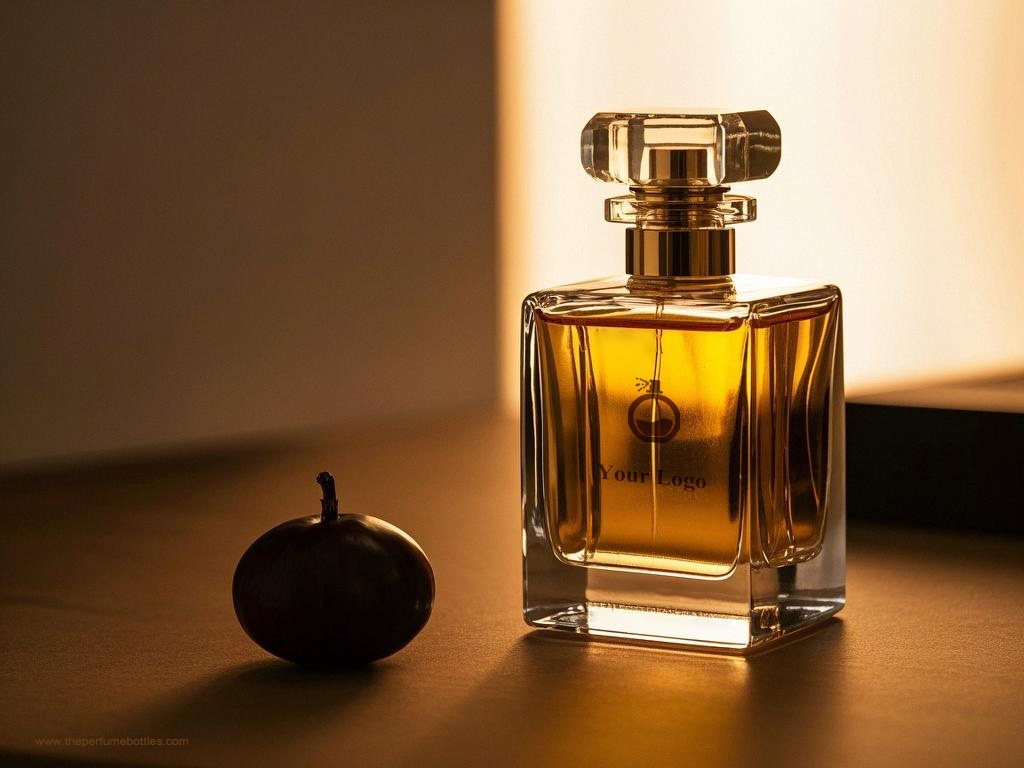
Les 10 principales tendances en matière de design pour les grands flacons de parfum en 2025
Dans l'univers en constante évolution des parfums, les grands flacons de parfum sont bien plus que de simples contenants : ils sont l'expression du luxe, de l'élégance et de la personnalité.
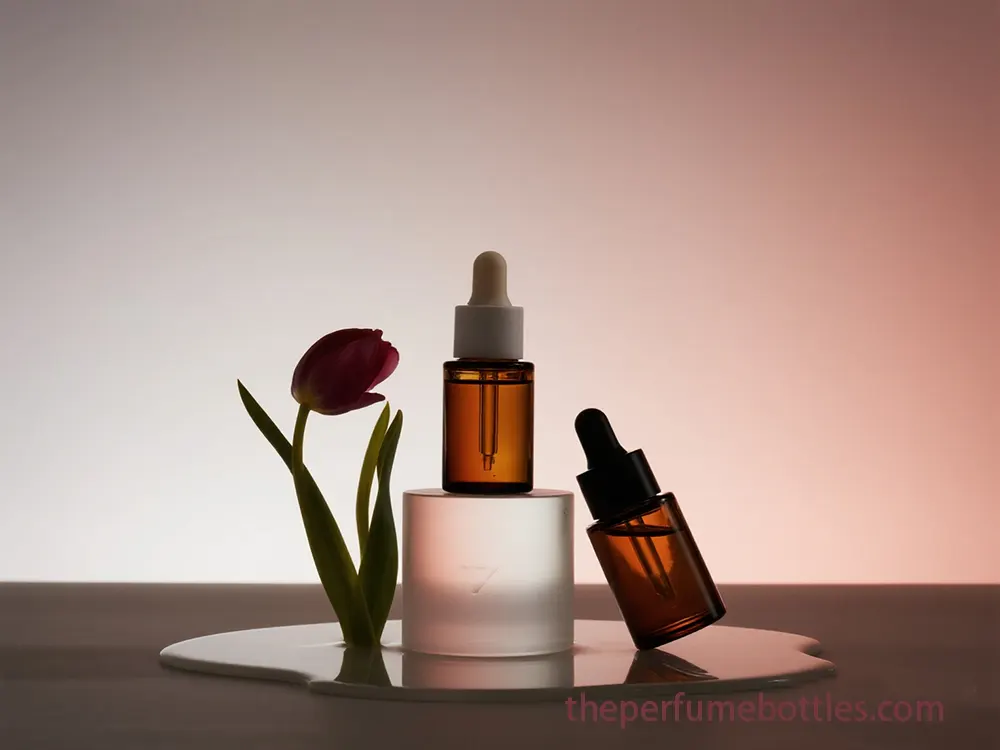
Étude de cas : Fabrication sur mesure de flacons compte-gouttes en verre ambré pour une marque de parfums allemande
Flacons compte-gouttes en verre ambré sur mesure, d'une uniformité de couleur irréprochable, offrant une protection UV et une qualité supérieure – conçus pour les soins de la peau et les huiles essentielles.
- +86 186 5178 1159
- [email protected]
- Mon-Sun 07:00-21:00
Étiquettes
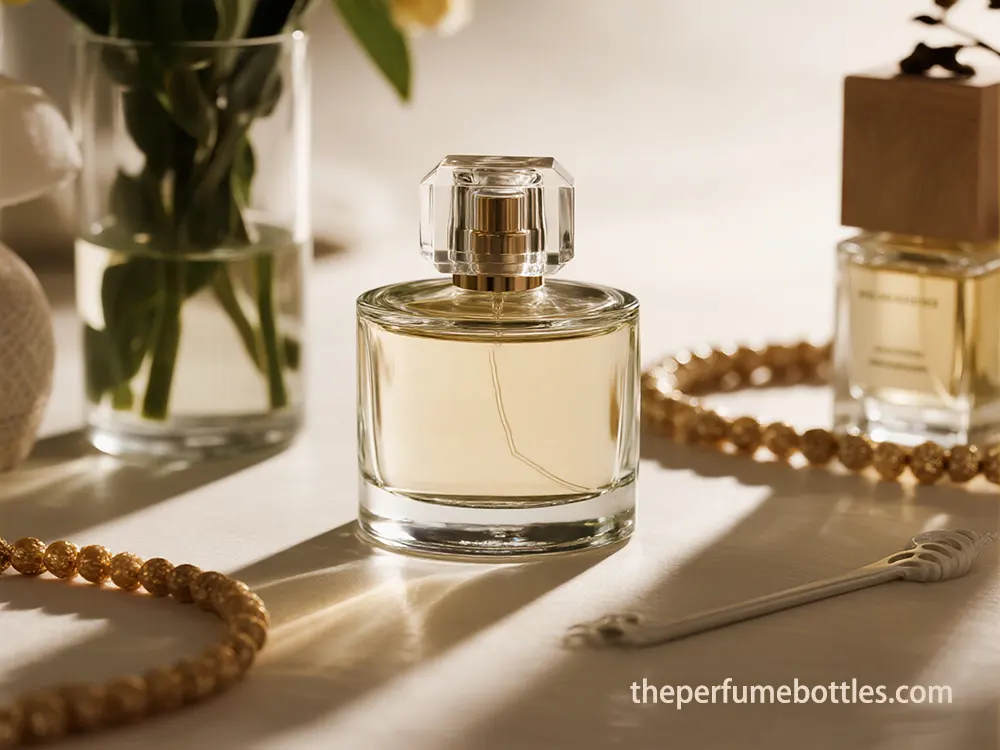
Cadre stratégique pour la sélection d'un fournisseur de flacons de parfum en verre
Trouvez votre fournisseur stratégique de flacons de parfum en verre grâce à ce guide, qui vous montre comment le bon partenaire peut accélérer et pérenniser la croissance des marques de parfums.
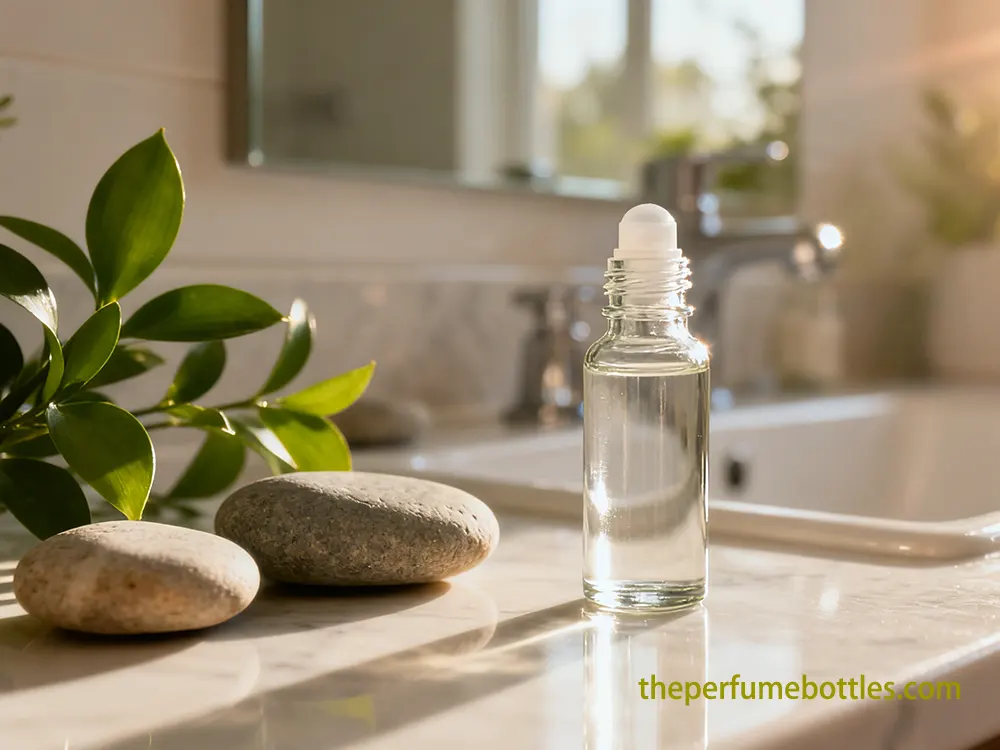
Étude de cas : Notre usine de flacons roll-on en verre a livré des emballages pour une marque d'huiles essentielles
Une étude de cas sur la manière dont une usine de bouteilles à roulettes en verre a résolu les problèmes de stabilité de roulement et de durabilité des cols fins pour fournir des bouteilles haut de gamme fiables et sans fuite.
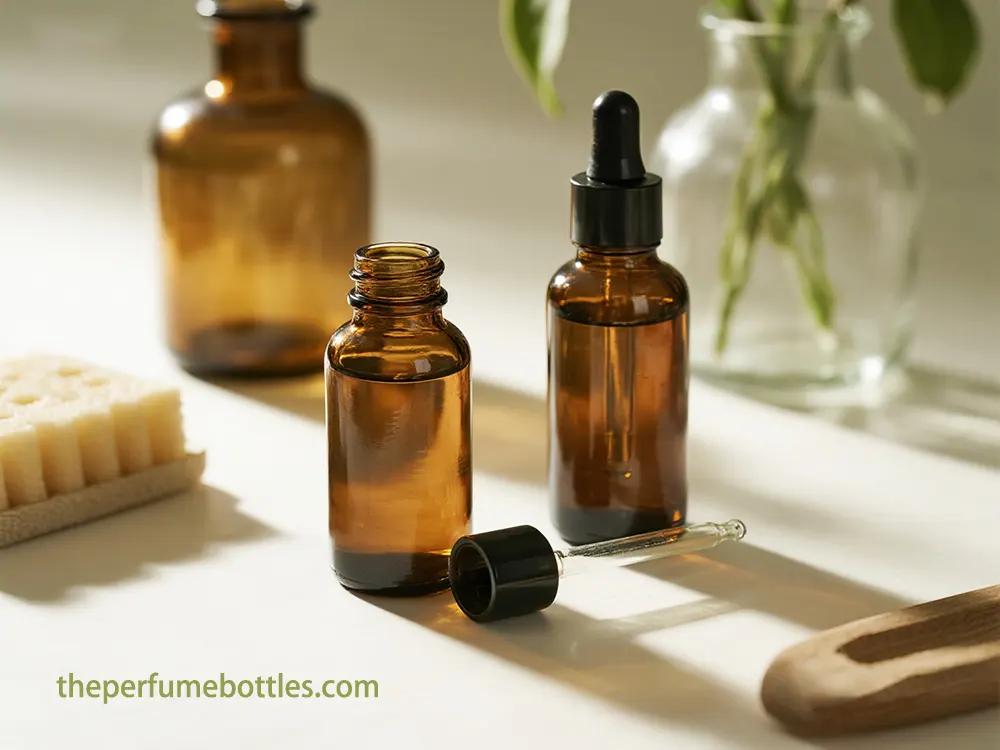
Étude de cas : Comment une usine de flacons compte-gouttes en verre a aidé une marque d'huiles essentielles aux vertus thérapeutiques
Une étude de cas sur la manière dont une usine de flacons compte-gouttes en verre a aidé une marque portugaise d'huiles essentielles aux vertus curatives à obtenir un dosage précis, une meilleure prise en main et un emballage personnalisé haut de gamme.
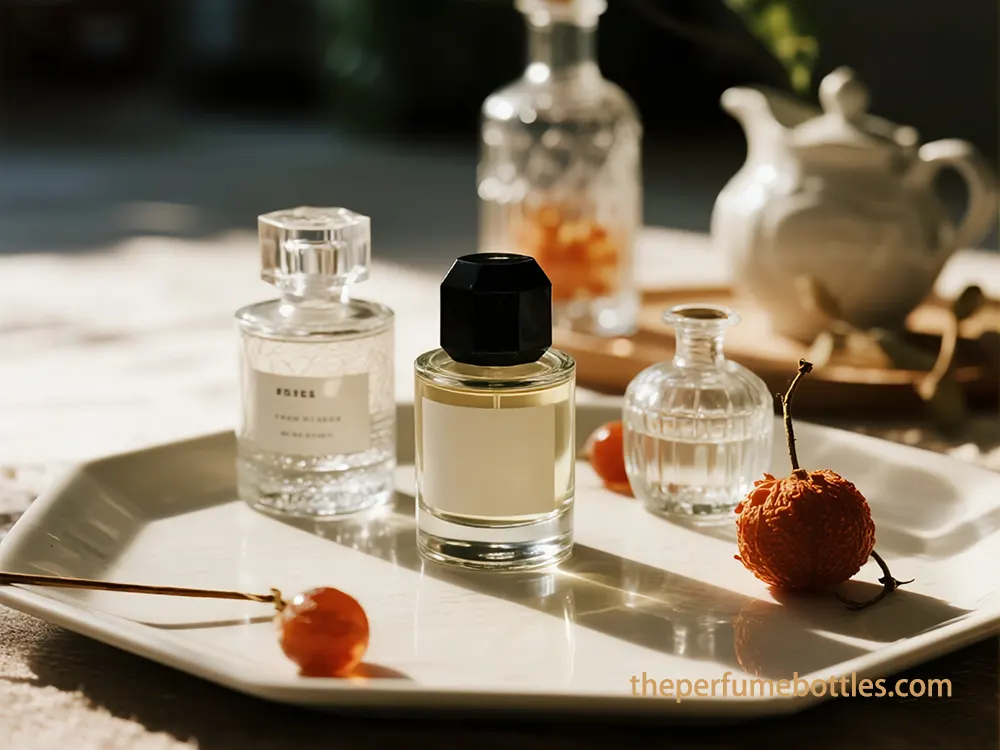
Le parcours d'un parfum, de la fabrication des flacons en verre à son origine.
Découvrez comment une usine de flacons de parfum en verre de premier plan, la chimie de pointe et la logistique mondiale contribuent à ce succès.


